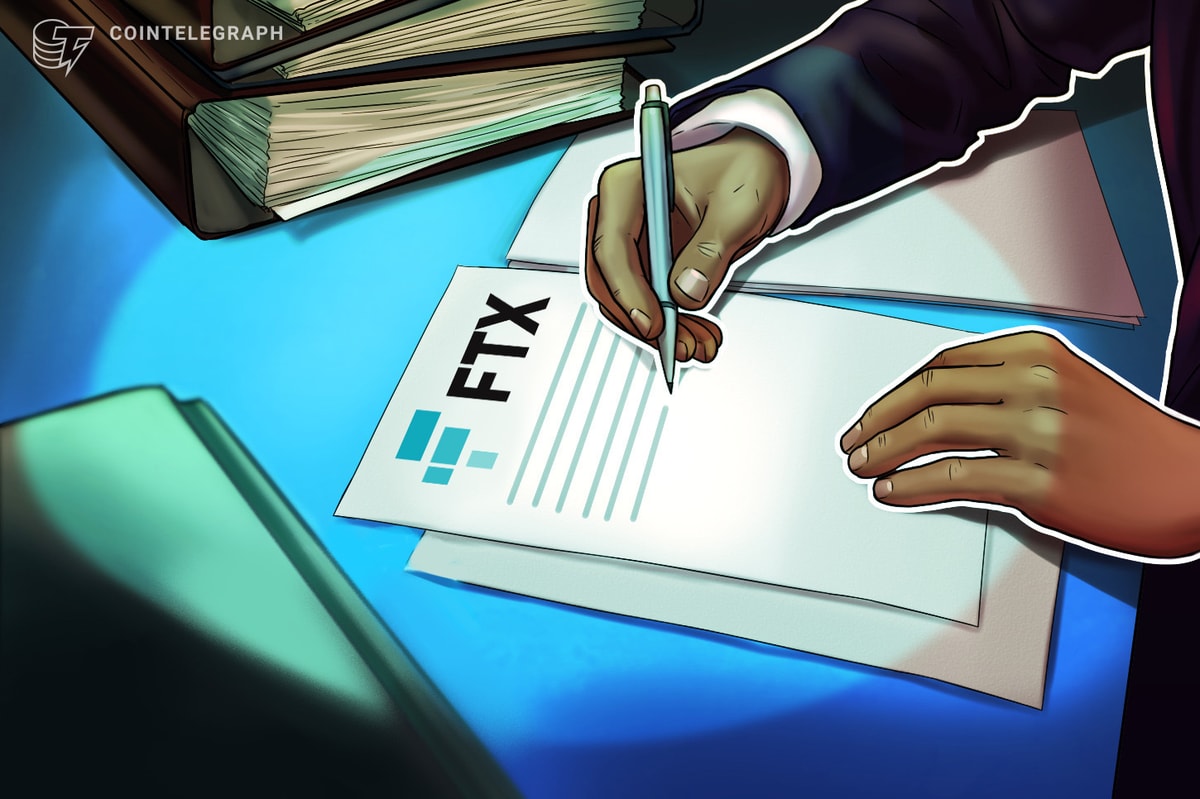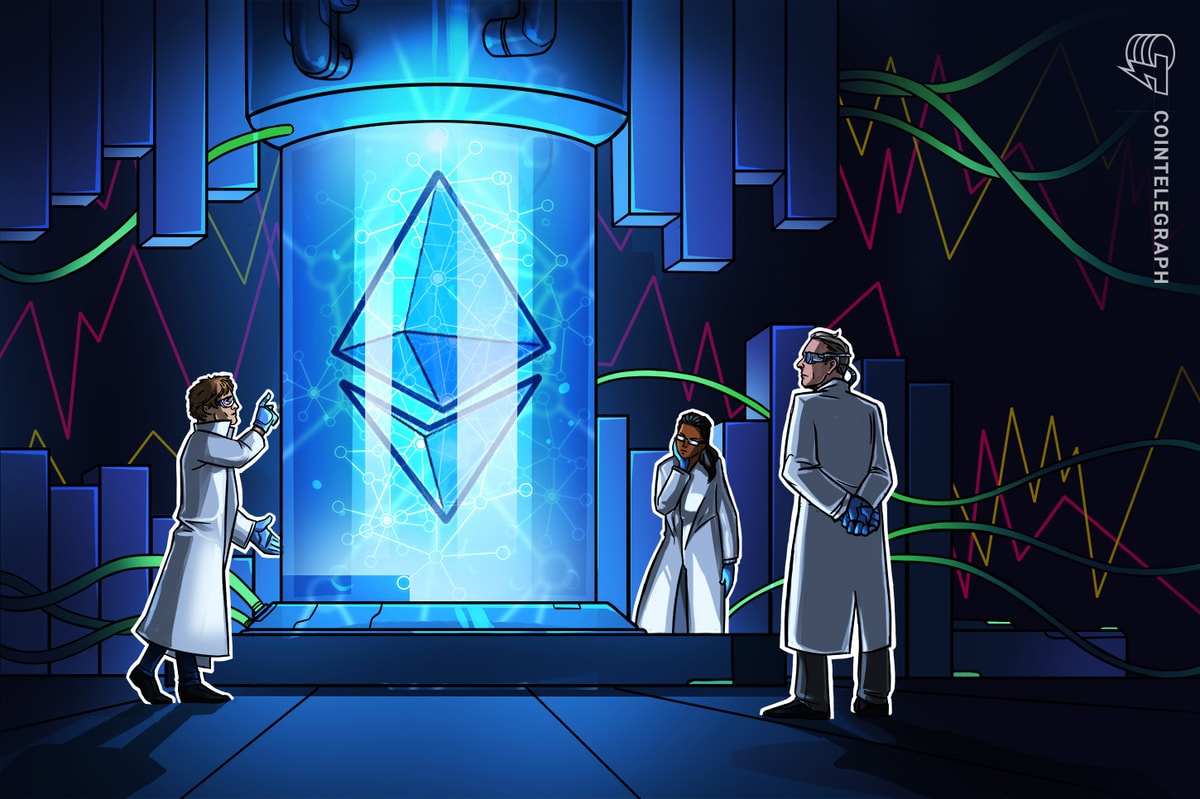HyperCycle, an early-stage ledgerless blockchain project that connects artificial intelligence (AI) machines to share resources, has signed up 347,000 computational nodes to the network, according to CEO Toufi Saliba.
Each node only costs around $1,000 at present, so that’s not a huge amount in dollar value, but the project was founded to become “the internet of AI” and to one day decentralize artificial general intelligence (AGI).
SingularityNET founder Ben Goertzel is the chief AI scientist for the project, which he developed because no existing blockchain is able to provide the speed and coordination required for AI. HyperCycle uses the Toda communication protocol, proof-of-reputation and modified proof-of-work, as well as Cardano’s Hydra.
"Each and every transaction, by the way, is getting into finality in about 300 milliseconds,” Saliba told Cointelegraph during an interview at the Beneficial AGI Summit in Panama this week.

Picking up on the theme of the conference, Saliba warned that AGI could quickly transform itself into a superintelligence providing a vast amount of power to any centralized company or authoritarian country that develops it first.
“It would be the worst thing that ever happened to humanity," said Saliba, who has been working in AI for over a decade and is convinced that decentralized governance is the only safe way to create a beneficial AGI.
So, that’s the wildly ambitious aim that justifies the “hype” part of the HyperCycle name. For now, it’s a business-to-business play concentrating on hooking up AI businesses. HyperCycle nodes contain a virtual machine, transaction machine and AI machine that enable an average of 150 AI agents per node to interact and transact with one another.
Saliba used the example of an optical character recognition (OCR) AI app encountering text in the 3,000-year-old Aramaic language. It could call on an AI service that specializes in Aramaic OCR, pay it via a smart contract microtransaction, and use the service instantly, almost as if it were part of its own application.
He said HyperCycle has a well-known large deepfake video app using the network. On a recent podcast, he revealed he’d met with Nvidia to discuss the “internet of AI” concept. He told Cointelegraph that he can’t comment further on the meeting.
Saliba explained that companies installing the nodes don’t care about crypto or saving humanity, they just want to make money from their AI agents or reduce their own vast AI compute costs.
“People don’t even care about decentralization. Most of those companies are existing AI companies. All they care about is ‘show me how I can reduce my $200,000 bill to $120,000.’”
If the network can scale up — and that’s an open question since it is relatively new — one exciting but so far completely theoretical possibility is that connecting AIs to work in concert may itself be a path to AGI. Saliba believes the network itself may be a way to achieve AGI as an emergent property, where the sum of the AIs on the network is greater than the component parts.
Saliba used the metaphor of a giant brain, where each AI node is a neuron that can fire together. “The more you have those propagated across the globe, the more likely that the AGI is achieved by utilizing all of those neurons,” he said.
“So, in that approach, the entire world has a much higher chance to get to AGI as a single entity.”











